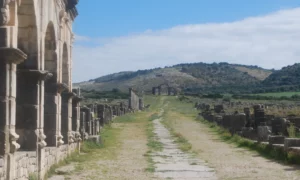Volubilis, a partly-excavated city located near Meknes, Morocco, represents a significant archaeological site with roots stretching back to the 3rd century BC. Initially a Berber settlement, it later became a proto-Carthaginian city before serving as the capital of the Kingdom of Mauretania under King Juba II. The city’s strategic location in a fertile agricultural area facilitated its development and prosperity, particularly under Roman rule from the 1st century AD.
Ancient Romans
Ancient Roman Historical Sites and Ruins
Ancient Roman Mythology
| Jupiter |
| Juno |
| Neptune |
| Minerva |
| Mars |
| Apollo |
| Venus |
| Diana |
| Vulcan |
| Vesta |
| Ceres |
| Mercury |
| Pluto |
| Janus |
| Bacchus |
| Saturn |
| Cupid |
Roman Artifacts
| The Pilate Stone |
| The Lycurgus Cup |
| Scorpio (weapon) |
| Vindolanda Tablets |
Historical Figures
| The Full List of Roman Emperors |
| Nero |
| Julius Caesar |
| Marcus Aurelius |
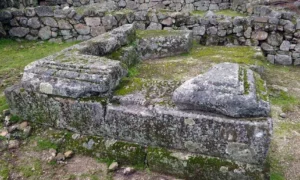
Castro of Monte Mozinho
The Castro of Monte Mozinho is a significant archaeological site in northern Portugal. It represents the remains of a hillfort settlement, known as a ‘castro,’ which dates back to the Iron Age and Roman periods. This site offers a window into the ancient past of the Iberian Peninsula, showcasing the complex history of human occupation, cultural interchange, and architectural development in the region.
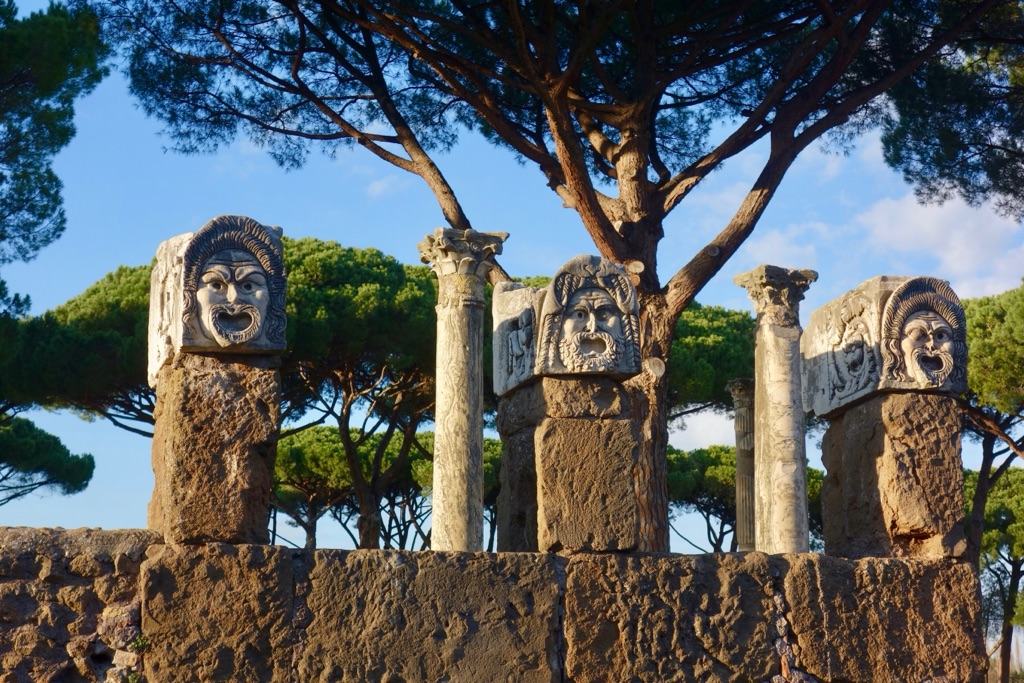
Ostia Antica
Ostia Antica, once the bustling port city of ancient Rome, now stands as a significant archaeological site, offering a window into Roman urban planning, architecture, and daily life. Located 25 km southwest of Rome, near the modern suburb of Ostia, this ancient city was strategically positioned at the mouth of the Tiber River. The site’s current distance of 3 km from the sea is a result of centuries of silting and sand invasion. The name “Ostia,” derived from the Latin “os,” meaning “mouth,” aptly describes its location and function.
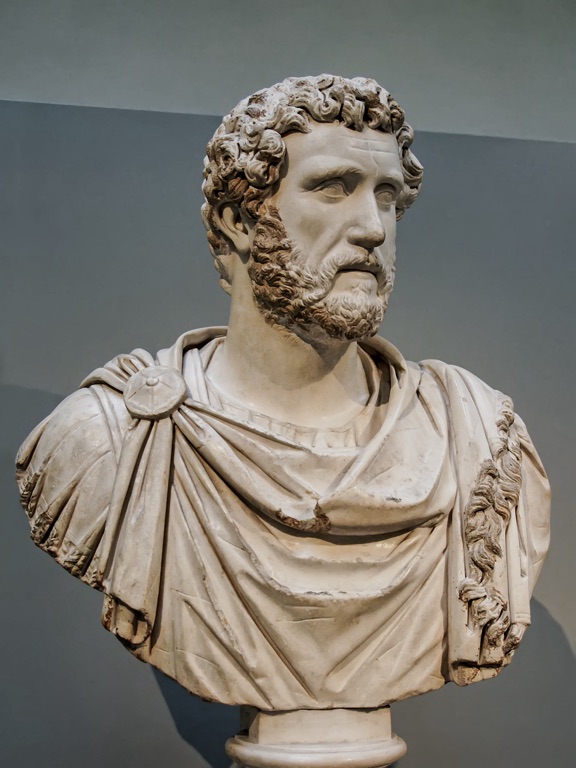
Marcus Aurelius
Marcus Aurelius Antoninus, born on 26 April 121 AD, reigned as Roman Emperor from 161 to 180 AD. His tenure marked the end of the Pax Romana, an era of relative peace and stability for the Roman Empire that had persisted since 27 BC. A member of the Nerva-Antonine dynasty, he was the last of the rulers traditionally known as the Five Good Emperors. Marcus Aurelius is also celebrated for his contributions to Stoic philosophy, notably through his work “Meditations”.
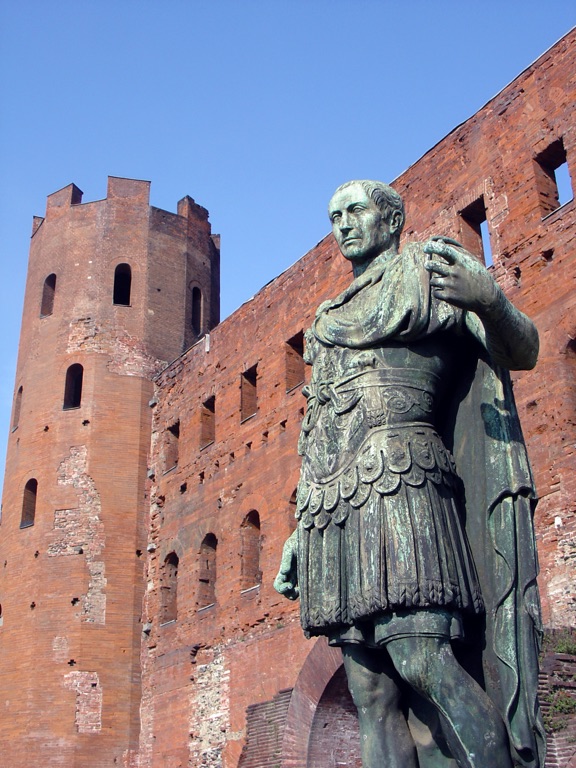
Julius Caesar
Gaius Julius Caesar was born into the patrician gens Julia on 12 July 100 BC. Despite their ancient lineage, the Julii Caesares were not particularly influential in Roman politics during the middle republic. Caesar’s early career was marked by a series of ambitious military and political maneuvers. His marriage to Cornelia, the daughter of Cinna, aligned him with the Populares faction. Following the death of his father in 84 BC, Caesar’s refusal to divorce Cornelia at Sulla’s command marked the beginning of his defiance against the established order.
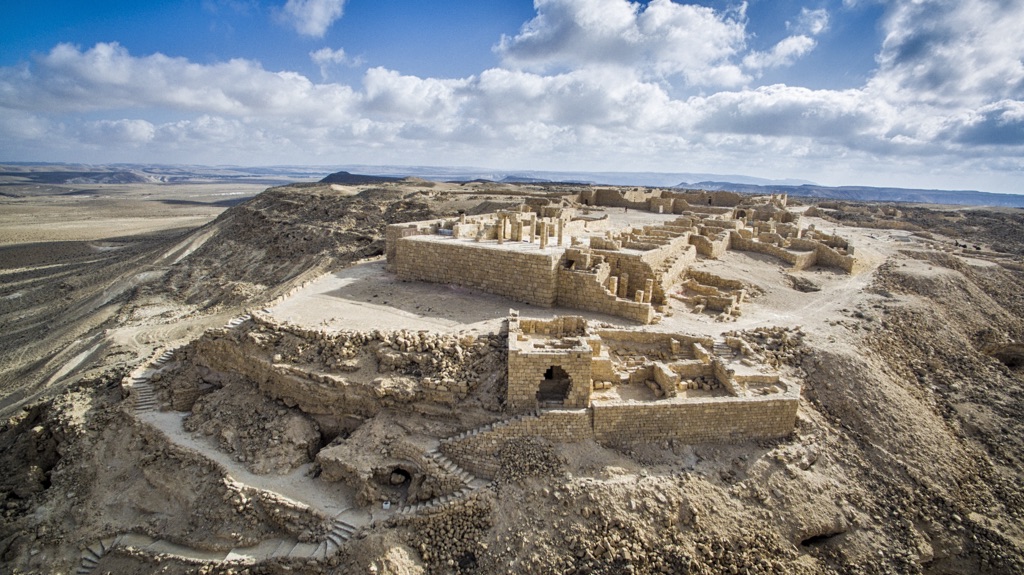
Avdat
Avdat, also known by its various names such as Abdah, Ovdat, and Eboda, stands as a testament to the rich tapestry of ancient civilizations that once thrived in the Negev desert of southern Israel. This site, primarily renowned for its association with the Nabataeans, also saw the influence of Romans, Byzantines, and early Islamic cultures from the 3rd century BCE until the 7th century CE. As the most significant city on the Incense Route following Petra, Avdat’s strategic importance and cultural legacy are undeniable.

